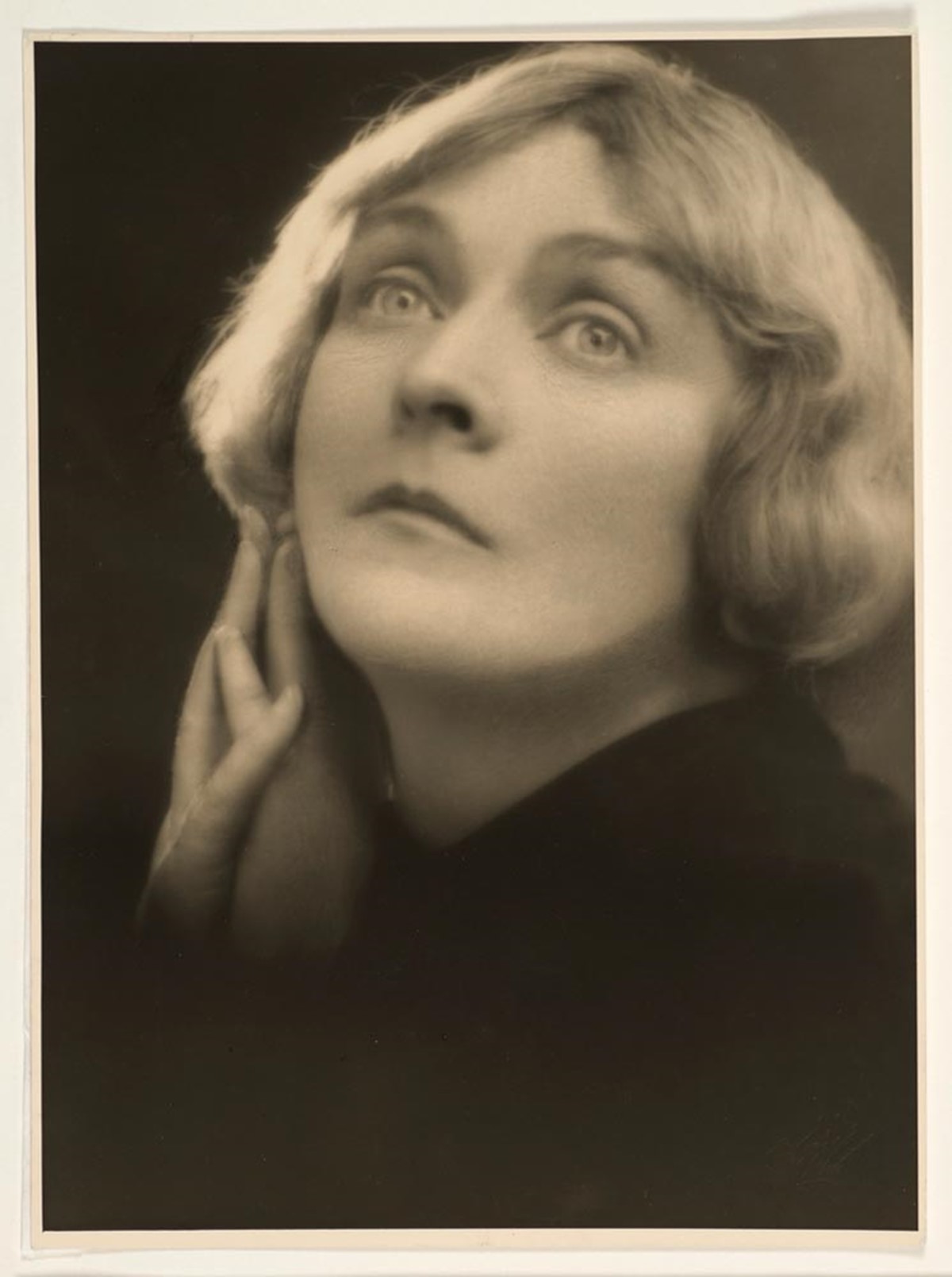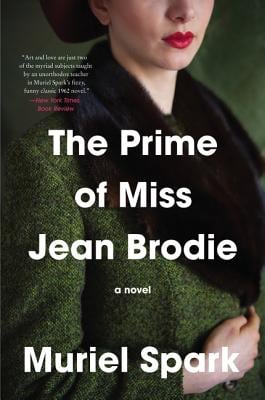APS TOGETHER
Day 2
Ch. 2, pp, 13-26 (through “'That is the order of the great subjects of life, that’s their order of importance.'”)
October 2, 2020 by Sarah Shun-lien Bynum
Chap 2 begins with the girl whose death was just introduced so suddenly: hapless and lumpy Mary Macgregor. Spark remains unsparing (even as an adult Mary “was clumsy and incompetent”) yet she also creates an understated sense of pathos with this character.
The Women's Royal Naval Service (WRNS) was founded during WWI: “Join the Wrens today and free a man to join the Fleet.” The WRNS reached its largest size in 1944, with 74,000 women doing over 200 different jobs. Mary was clumsy but she answered the call.
“She ran one way; then, turning, the other way; and at either end the blast furnace of the fire met her. She heard no screams, for the roar of the fire drowned the screams; she gave no scream, for the smoke was choking her.”
Brilliance at the sentence level: Spark uses short phrases, strong punctuation (semi-colons most notably), and repetition (parallel syntax, the tripling of “scream”) to capture Mary’s bewildered back-and-forth movement along the smoke-filled hotel corridor.
As quickly as we leapt ahead, we return to the past—without even a paragraph break. In one sentence Mary stumbles and dies; in the very next she is ten again, “sitting blankly among Miss Brodie’s pupils.” The abrupt shift, the juxtaposition: strangely poignant.
“One-armed Mr. Lloyd, in his solemnity, striding into school”—his missing arm is yet another loss from WW1, and how jarring to encounter it right on the heels of the girls’ uproarious imaginings: Mr. Lloyd committing sex with his wife while wearing pyjamas!
Edinburgh, the novel suggests, is more than just a city: it’s an entire way of being. Sandy is embarrassed by how her English mother differs from “the mothers of Edinburgh” in their practical tweed or musquash (apparently muskrat fur is long-lasting).
The overheated prose in Sandy and Jenny’s masterpiece, “The Mountain Eyrie,” is a wonderful piece of comedy, but in its midst is a small, wistful detail. When little pig-eyed Sandy describes her fictional alter ego, she writes “her large eyes flashed.” If only!
The omniscient narrator gets quite close to Sandy’s thoughts in these pages. We see her sensitivity, her secret ferocity, the richness of her 10-year-old imagination. We also see the conflict between her internal and external worlds: Miss B misunderstands her.
My favorite moment of Sandy’s interiority: “The evening paper rattle-snaked its way through the letter box and there was suddenly a six-o’clock feeling in the house.” How do you interpret Sandy’s six o’clock feeling? To me it feels bleakly soul-dampening.
Creepy behavior from the singing teacher, Mr. Lowther, with a tacit OK from Miss B: “He twitched [Jenny’s] ringlets…as if testing Miss Brodie to see if she were at all willing to conspire in his un-Edinburgh conduct.” Un-Edinburgh as synonym for inappropriate!
Even at 10, Sandy can discern the difference between Miss B and another “thrilling teacher, a Miss Lockhart,” who teaches science in the Senior School. Sandy is enthralled by the “lawful glamour” of the science room, and Miss Lockhart’s “rightful place” in it.
Sybil Thorndike was a celebrated English actress. George Bernard Shaw wrote "Saint Joan” specifically for her. Maybe Miss Brodie is thinking of her as she stands “erect, w/ her brown head held high, staring out the window like Joan of Arc as she spoke.”

Poor Sandy. I understand why she feels hurt and puzzled when Miss Brodie chastises her for her exaggerated head-held-high walk. In this photo even Sybil Thorndike looks like she is going too far.—Sarah Shun-lien Bynum

